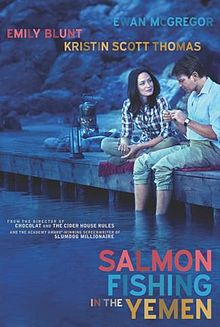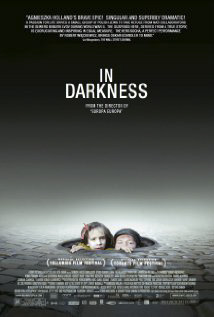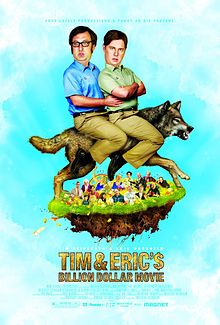
Welcome to “The Trailer,” where Arts and Entertainment covers all things film. I’m hoping to make this a collaborative subsection of The Trail where other film critics and enthusiasts can make their voices heard.
The idea for “The Trailer” came to me when I began to notice that I’ve been watching fewer and fewer films of late, a trend which is quite disturbing to a film lover like me.
I hope that this subsection inspires readers to keep up with modern films and further their appreciation of what is perhaps the most visceral form of human expression.
For my inaugural article, I decided to compare The Dragon Tattoo (2011), and contrasting it with its Swedish counterpart (2009) in an attempt to highlight what worked in each film and what the differences between the two might say about American film as a whole.
Both films were very successful, with the American version grossing over $180 million and the Swedish version over $100 million The key difference here is that the American film cost $90 million to make while the Swedish was a relatively inexpensive $13 million.
The films, unsurprisingly, cover very similar ground plot-wise, and the Swedish adaptation seems to have played a significant influence on the production of the American film.
The Swedish film provides slightly more depth earlier in the film, showing Henrick Vanger weeping over a framed flower and extending the scene in which Lisbeth’s computer is destroyed, making it more significant by having her fight her assailants.
The money gives the American film a significant advantage: A-list actor Daniel Craig takes on the lead role of detective Mikael Blomkvist, Trent Reznor and Atticus Ross of Nine Inch Nails produced the soundtrack and an extensive CGI title sequence created by Blur Studios opens the film.
Many sets seen in the original are recreated for the American film but on a larger, more sophisticated level, and the cinematography is significantly better in Fincher’s adaptation.
The lead actors in both films are superb and all are successful in their own right. Michael Nyqvist was just recently in Mission Impossible: Ghost Protocol, Noomi Rapace in Sherlock Holmes: A Game of Shadows and Daniel Craig in the two most recent James Bond films. However, Rooney Mara deserves particular attention for taking on the role of Lisbeth Salander.
Before Dragon Tattoo, Mara’s only significant roles were in Fincher’s The Social Network and the 2010 remake of A Nightmare On Elm Street. Playing such a challenging role as Salander with such ease this early in her career is rather profound, and her Swedish accent is nearly flawless throughout.
The most striking difference between the two films relates to what they do and do not show. The plot deals with very heavy topics like rape, incest and torture, so I use the following term very lightly, but the Swedish version is significantly more tame than the American film.
Swedish director Niels Oplev makes the disturbing rape scenes significantly shorter and less revealing than Fincher does, allowing his film to be just as engrossing without the heavy, tragic feel of the newer adaptation.
It’s hard to say which film is better: both are sophisticated retellings of the same story, both have great acting, directing and cinematography, both received great reviews.
The slicker production and music give the American film a slight edge, but the glossed-over horrors of the Swedish film make it an easier viewing experience.



